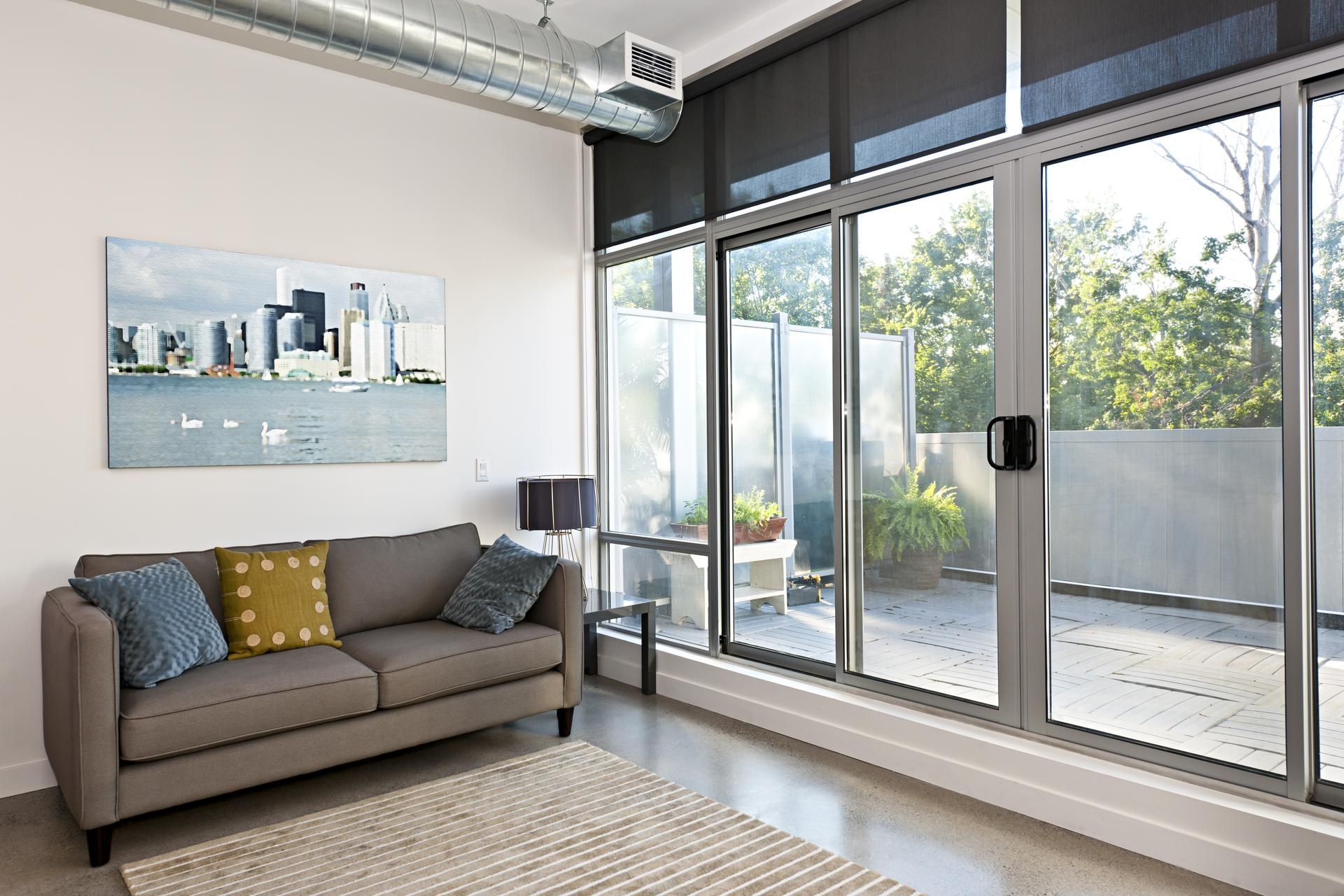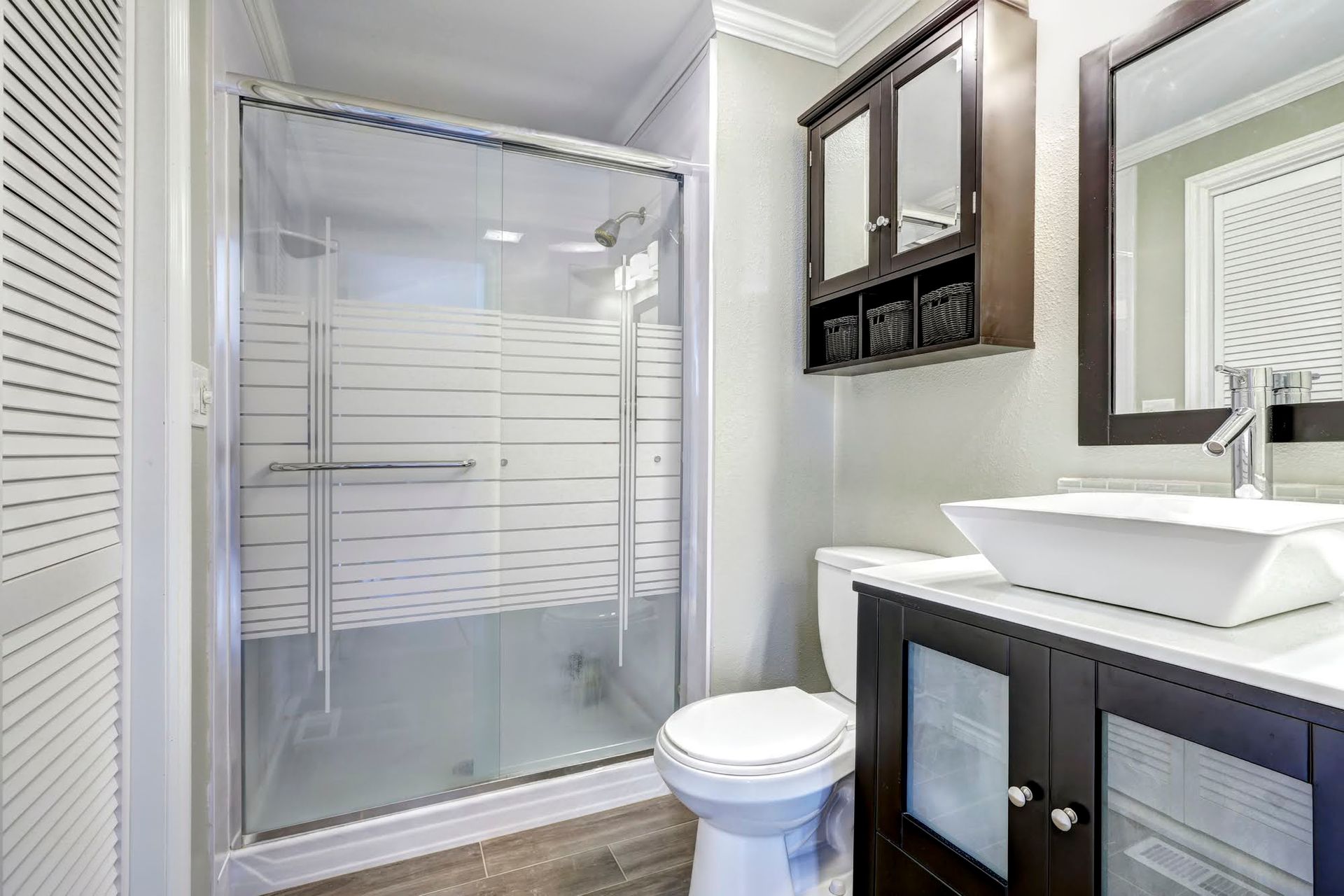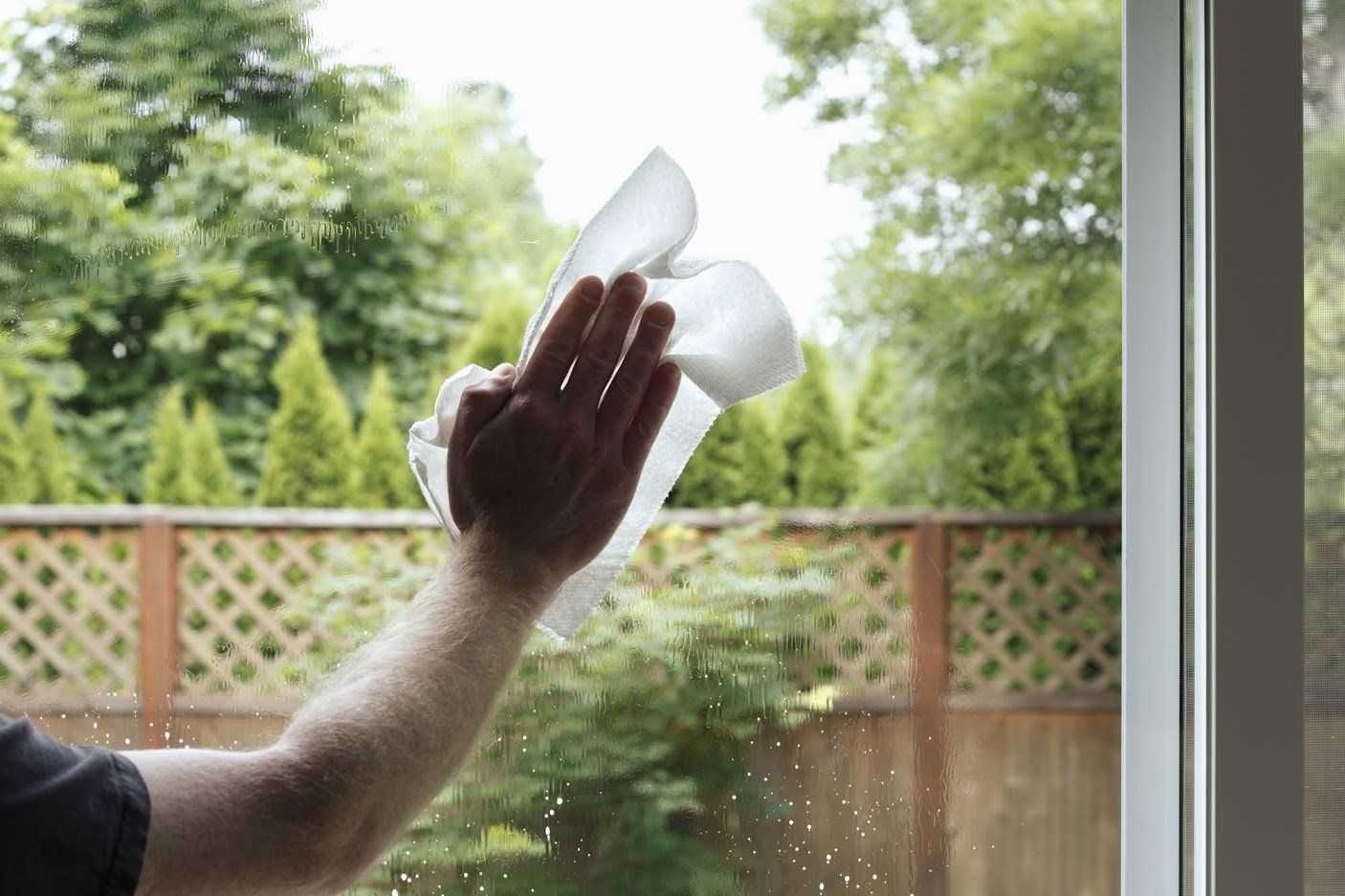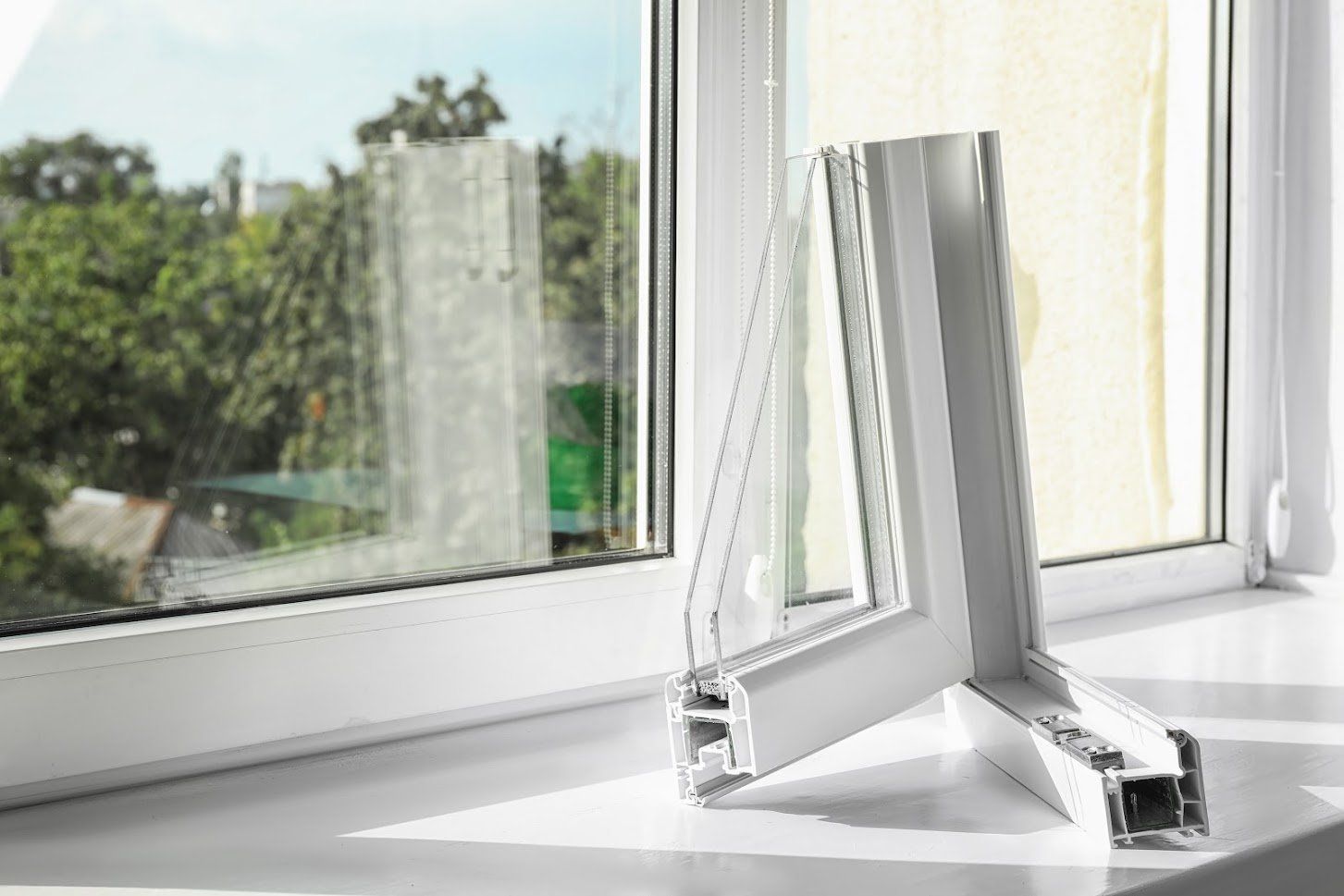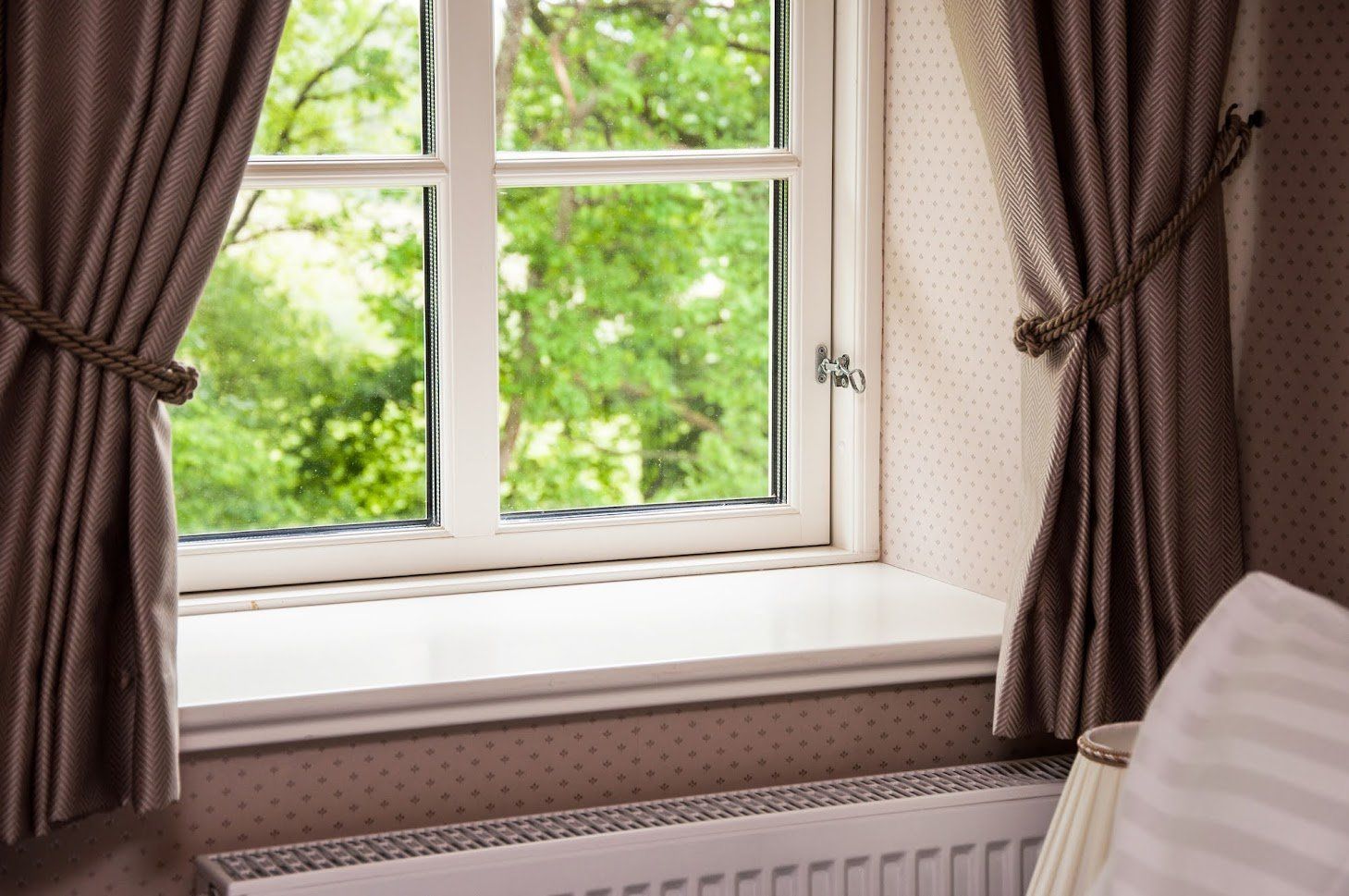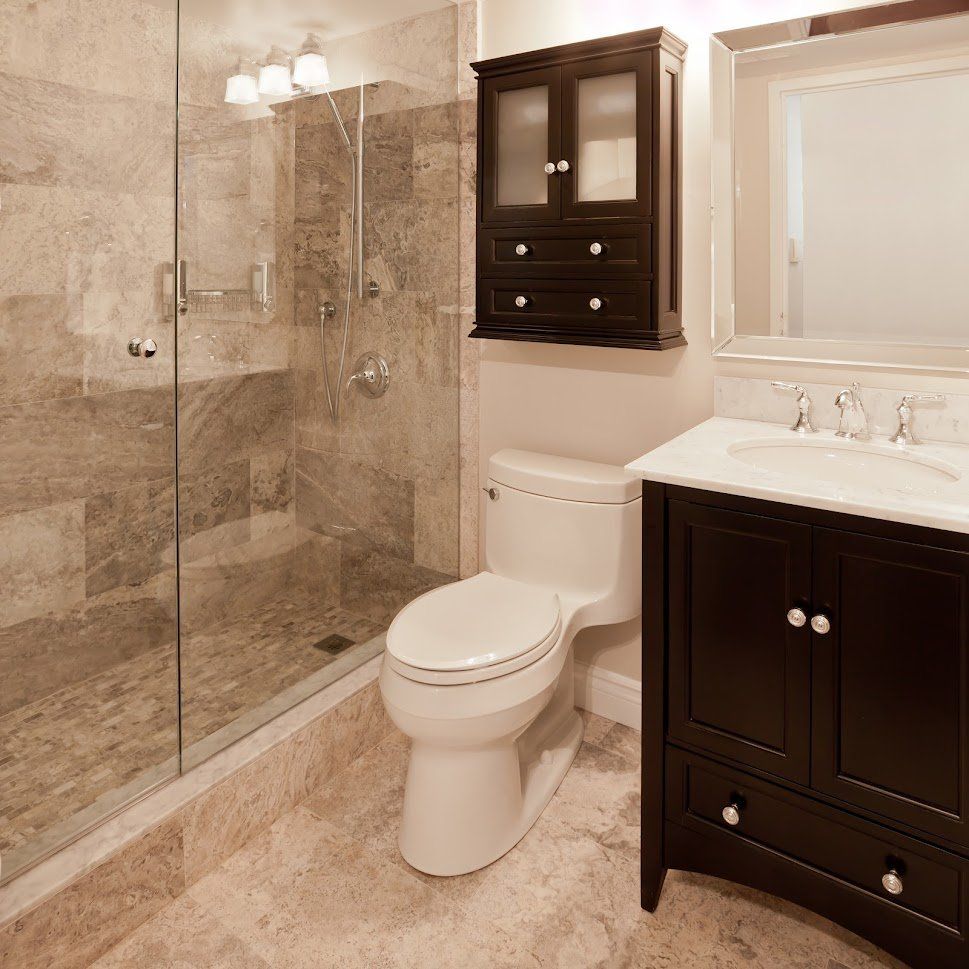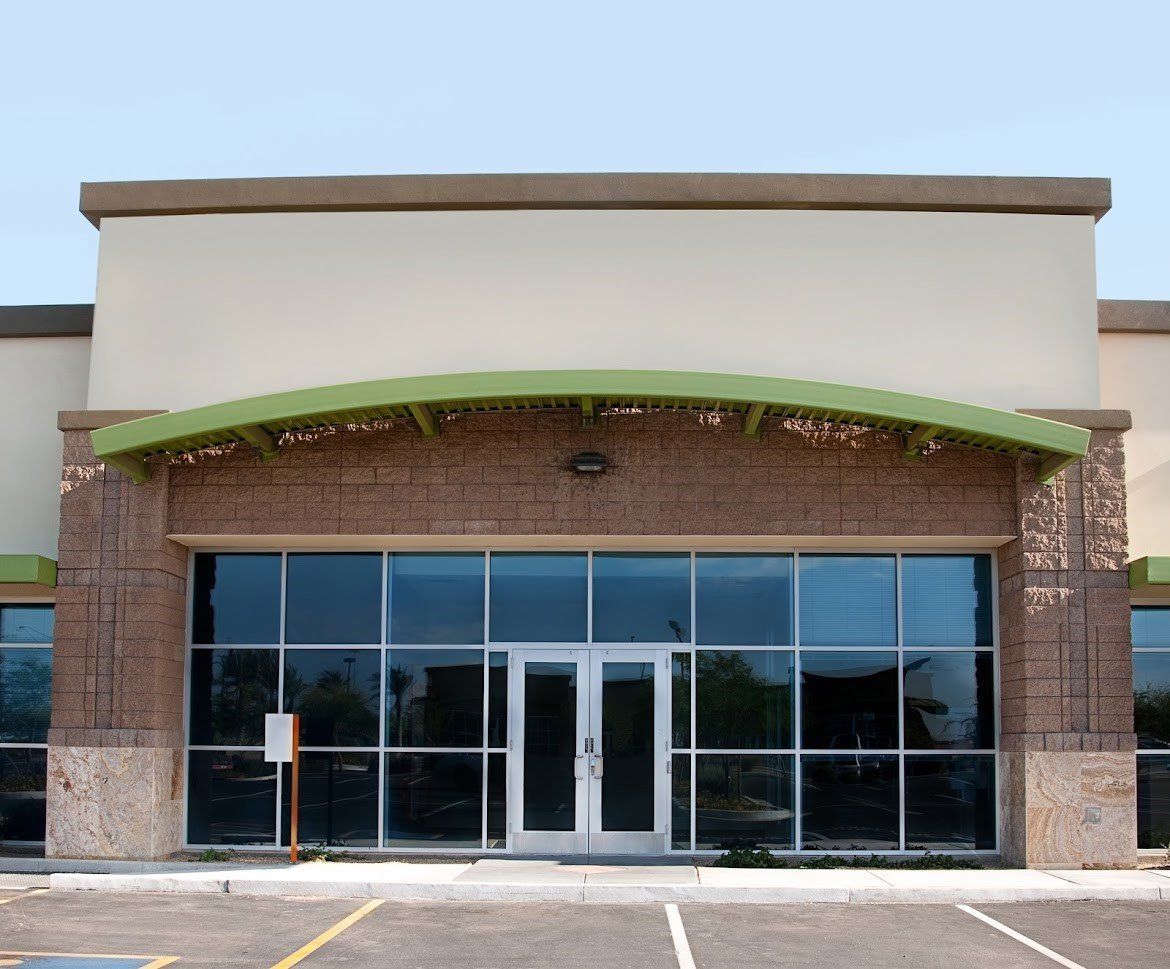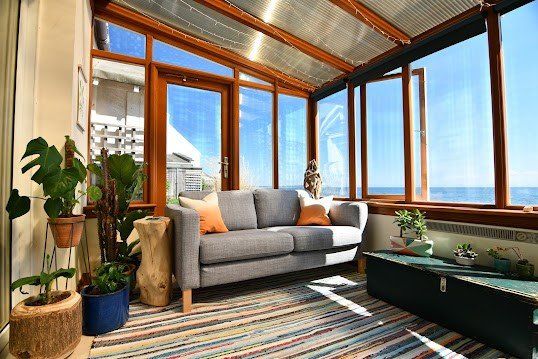Eco-Friendly, Energy-Efficient Windows and Their Benefits
Admin • December 4, 2019
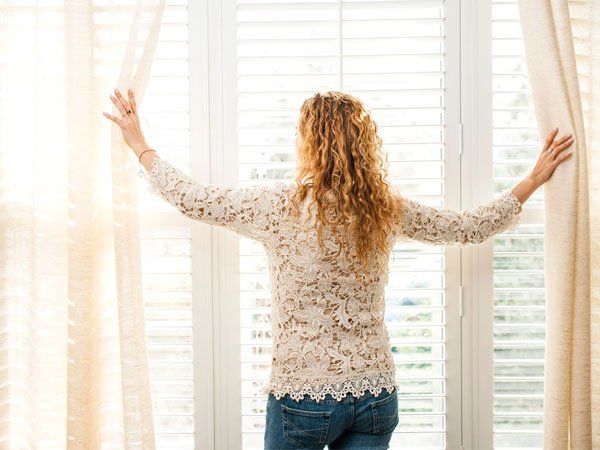
When you choose new windows for your home, then you should consider eco-friendly windows. Certain window materials and designs provide not only benefits to the environment but can also make your home more energy-efficient. Discover more information about eco-friendly windows and their materials, ratings, and benefits.
What Are Eco-Friendly Windows?
Eco-friendly windows are made with sustainable materials to help lower energy usage and costs. Windows and materials have specific ratings based on their sustainability and energy efficiency. Examples of energy efficiency ratings include:
- U-factor ratings: These are based on how much heat passes through the window
- Solar Heat-Gain Coefficient (SHGC) ratings: These are based on how much solar energy passes through the window.
- Visible Transmittance ratings: These are based on how much visible light passes through the window.
Some other types of ratings, such as Energy Star ratings, are combined with one or more of the ratings above to determine energy efficiency. Efficiency ratings should be visible on the windows' labels when you purchase them.
What Are the Benefits of Eco-Friendly Windows?
Eco-friendly windows not only lessen your impact on the overall environment, but they also make your home more comfortable and can even save you money. If your windows have a high-efficiency rating, and you install the right ones for your climate, then the temperature of your home is less likely to be impacted by the outdoor weather.
You will not experience big drops overnight during the cool winter with a well-insulated window because heat is less likely to escape through cracks or poor insulation. In the summer, an energy-efficient window will not let excess light and heat pass through easily, and your room will generally be cooler than the outdoors.
What Types of Frame Materials Are Eco-Friendly?
Eco-friendly frame materials are those that are sustainable as well as energy-efficient. Pure, unadulterated natural materials are usually the most environmentally friendly, but some man-made materials can also be eco-friendly. Below are some examples of common window frame materials and their eco-friendly benefits.
Wood
Wood is one of the most sustainable and renewable window frame materials available. This traditional material is versatile and easy to customize to your home. However, wood tends to need regular maintenance to prevent deterioration.
Fiberglass
Fiberglass is from natural materials molded into a fibrous plastic. Like wood, fiberglass frames can be customized to match to look of your home. One of the advantages of fiberglass is that it is very durable and highly insulating with foam-filled cores, so air is less likely to leak in or out of your home.
Aluminum and Vinyl
In addition to both being recyclable materials, aluminum and vinyl are easy to maintain, lightweight, and durable. While they aren't usually considered to be energy-efficient material on their own, they can combine with wood and fiberglass to increase those materials’ durability and efficiency.
What Types of Glass Are Eco-Friendly?
Natural, plain glass is generally considered to be an eco-friendly material that is easily recyclable and available. However, to increase insulation and energy-efficiency, you will need windows with multiple glass panes or a special glazing or coating.
Standard double-paned windows are fairly insulating, but triple-paned glass is better. You can further increase the insulation by filling the area between the panes with argon gas. Another option is Low-E glass, which is coated with a thin, unnoticeable, silver glaze that reflects back part of the sunlight.
Eco-friendly windows are beneficial to the environment in that they help to reduce the over-use of resources and waste and also add to the comfort of your home. Bob's Glass has many window choices made with different materials and glass that benefit you, your home, and the environment in the long run. Request a quote online, call us, or visit our convenient Sacramento location to see what we can offer.



